Parking crisis raises Balboa Reservoir Project concerns
By Bethaney Lee
The Guardsman photographed the usage of the parking lot in contention with the Balboa Reservoir Project (BRP) every hour on Aug. 28, and concluded it was used consistently throughout the day. It was highly impacted at peak class hours and the surrounding neighborhoods and streets cannot support the amount of vehicles displaced by the removal of the lower parking lot.
Tensions first arose after the BRP reported its goal was to repurpose the lot into mixed-income level housing.
In October 2016, Nelson Nygaard released the Balboa Area Transportation Demand Management (TDM) Plan which was used to identify transportation needs for the Balboa Park area. The report identified limited roadway space, transit infrastructure and financial resources as three primary problems.
“Yet despite the obvious fact that the elimination of student parking and the addition of new Reservoir residents will increase demand placed on limited transportation resources, the Balboa Reservoir Project Team proposes no amelioration for adverse impacts other than TDM,” Professor William McGuire said in an email sent in early January 2017.
The Guardsman’s observation took place over the course of several weeks, and the research provided legitimacy to Professor Rick Baum’s fears that the project could “interfere with efforts to increase student enrollment.”
In an email, sent in late August to the Board of Trustees’ President Thea Selby, Baum asked Selby to explain “how the housing project, that might be built on the Public Utilities Commission (PUC) section of the reservoir, could possibly serve the needs of CCSF’s students?” Additionally, because many students must commute by car and use the controversial section of the reservoir for parking, Baum asked if Selby could “please explain how…any student [would] even be able to afford to live in the housing being contemplated?”
With inquiries stretching as far as potentially using the land for the voter approved Performing Educational Arts Center, Baum gave voice to what many people from Ocean Campus have already been talking about.
In response, Selby issued an email to the community on Aug. 24, 2017, which said, “City College is a vital partner to this project as it moves forward over the next several years.”
For more information, visit the Balboa Reservoir Community Advisory Committee website.
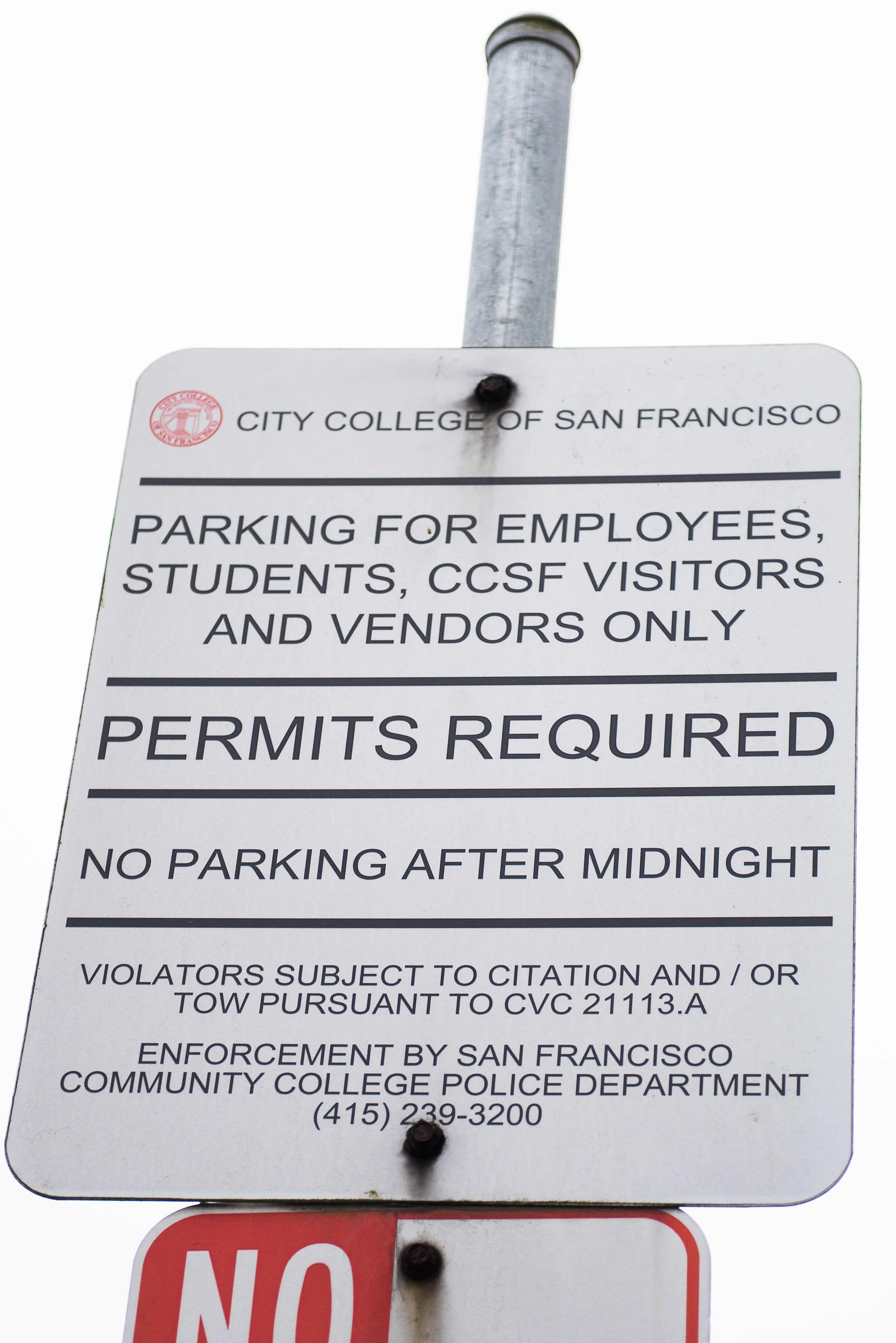
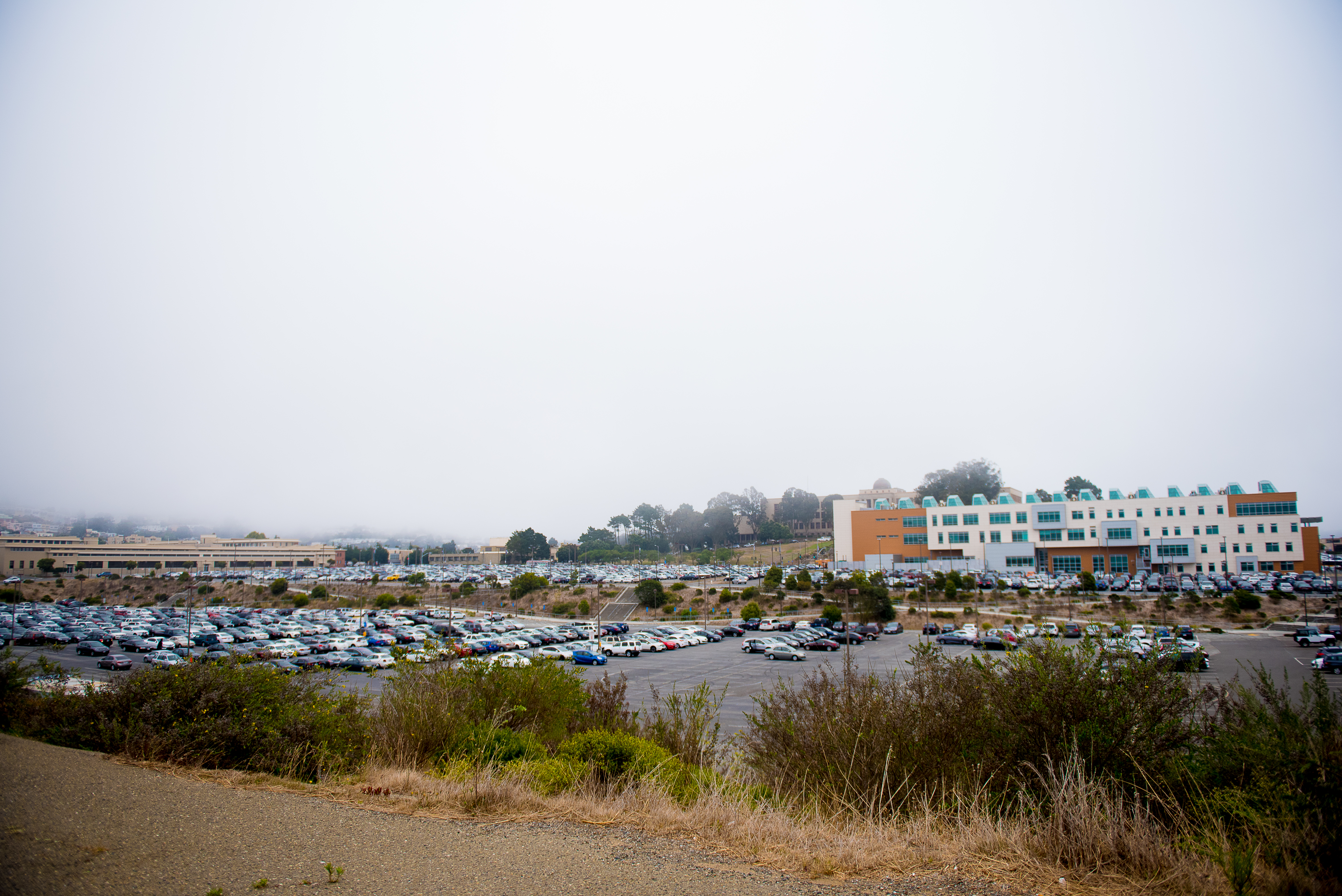
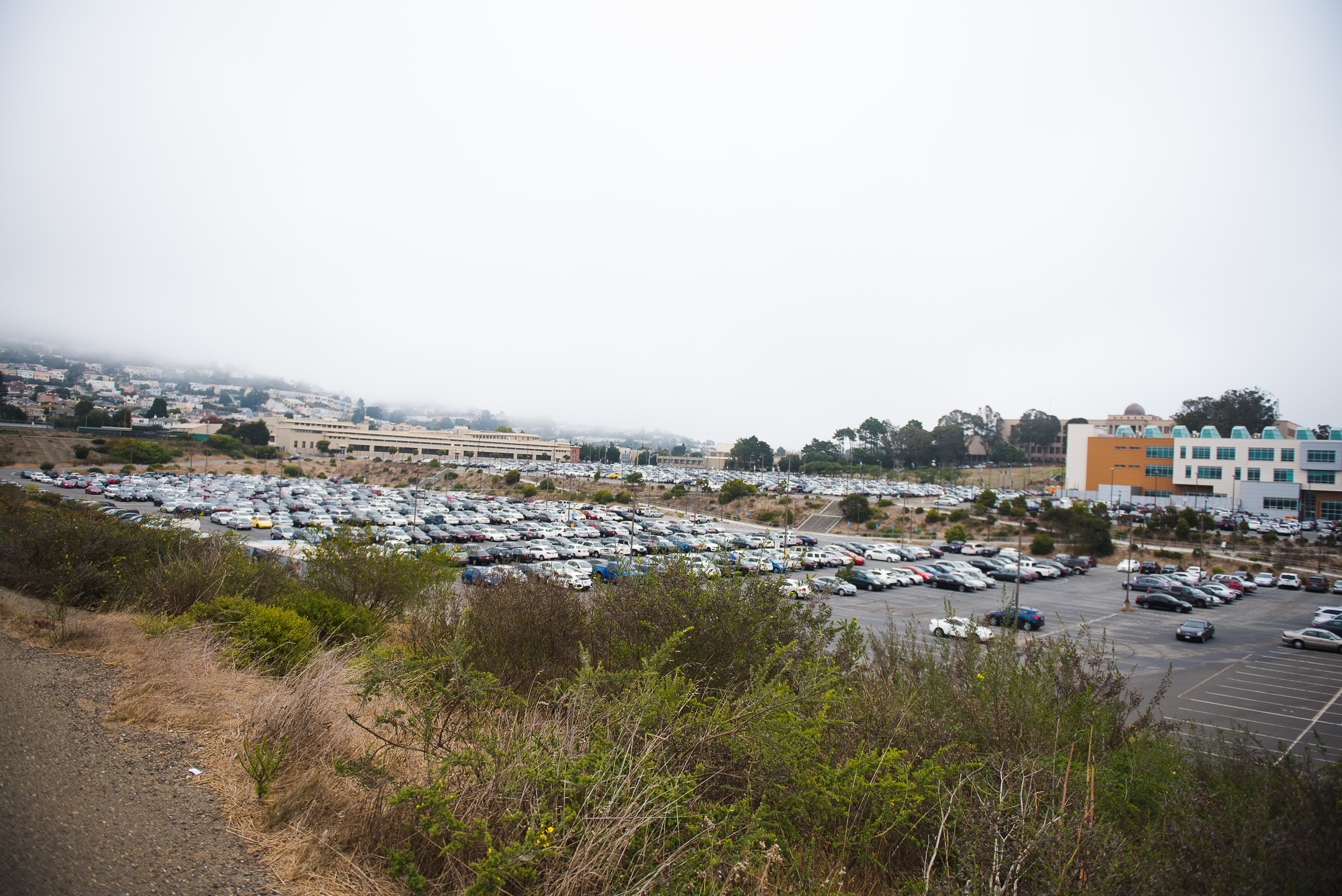
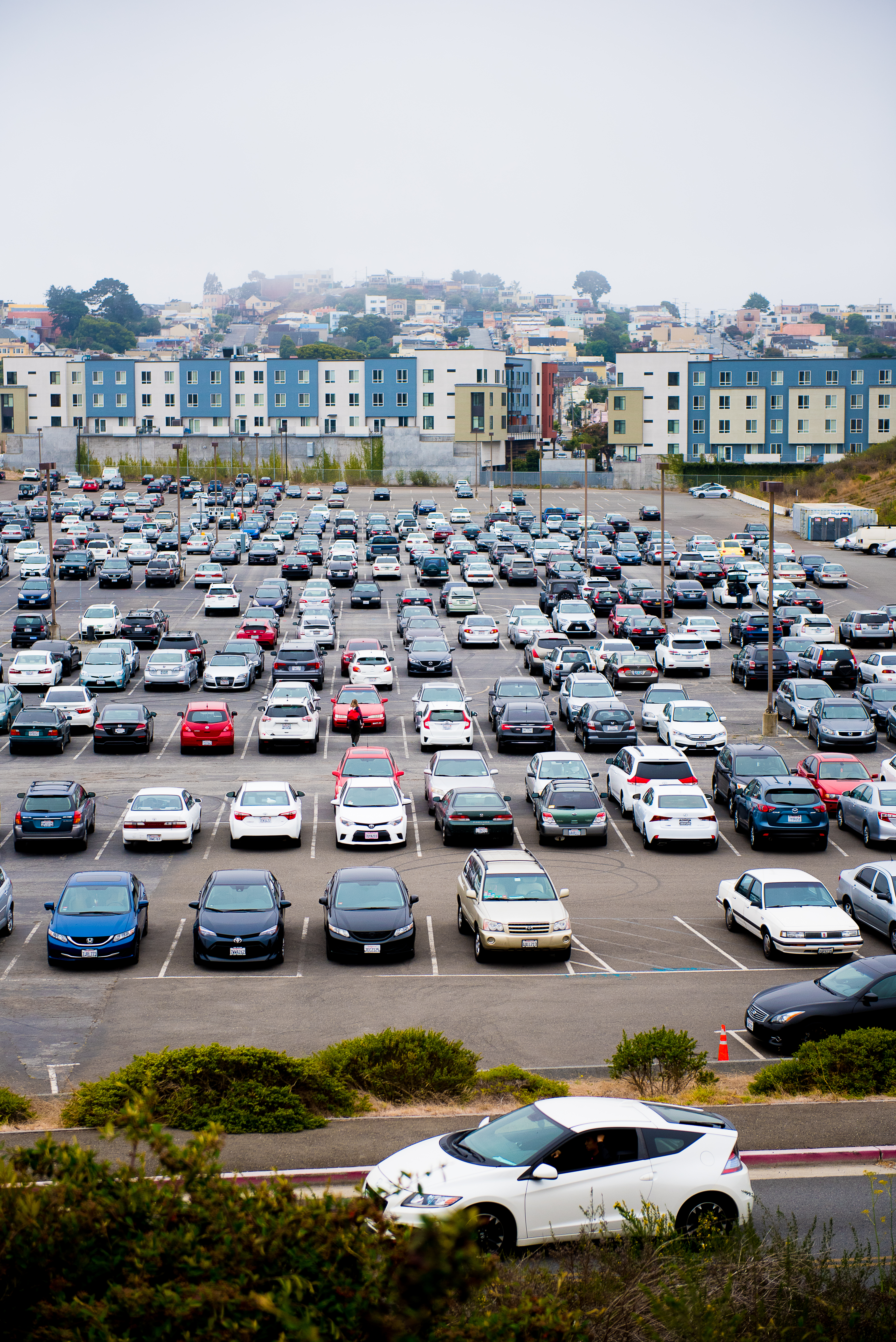
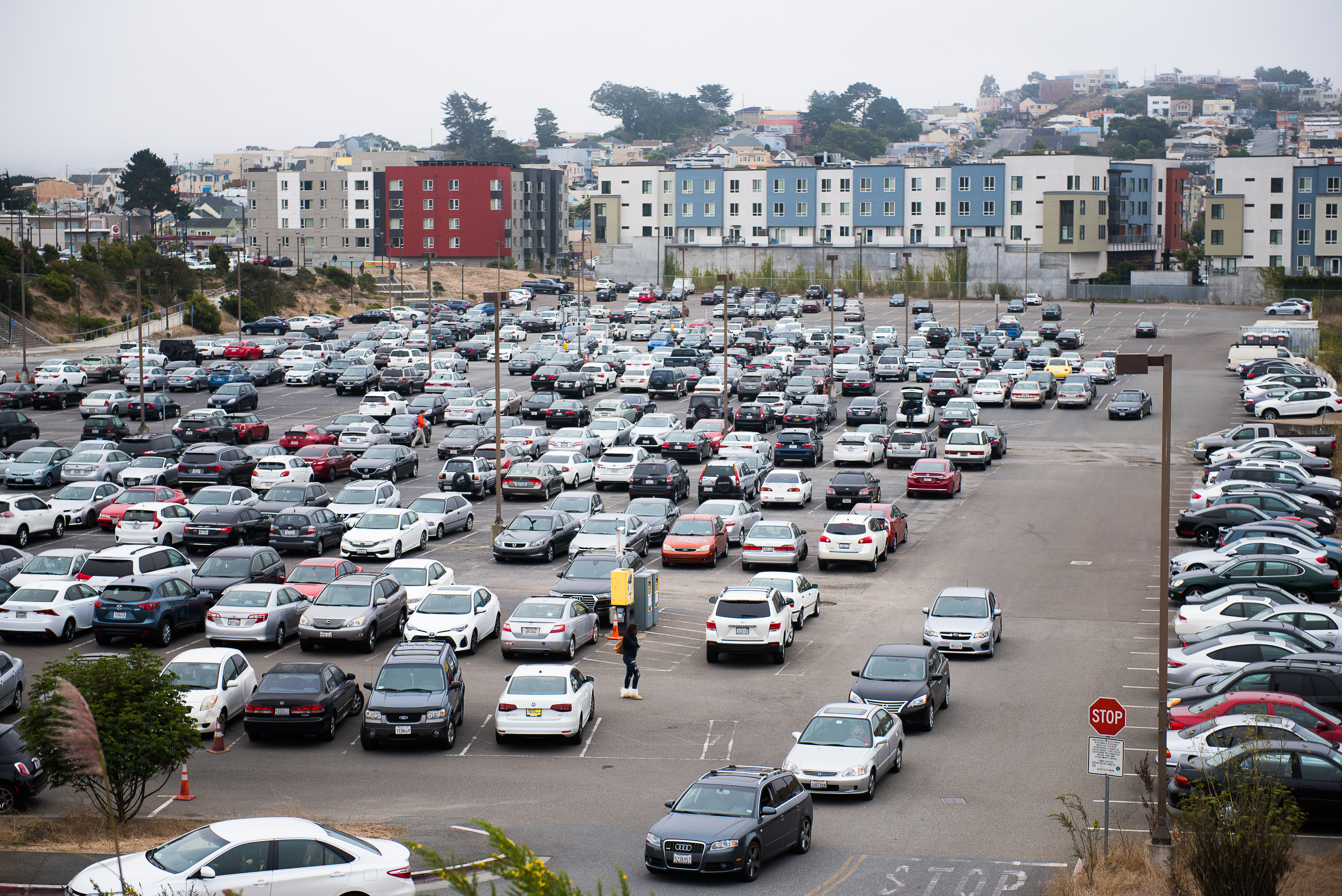

Pingback: Guardsman: ‘Parking crisis raises Balboa Reservoir Project concerns’ | Sunnyside Neighborhood Association
INHERENT INEQUITY IN THE BALBOA AREA TDM FRAMEWORK:
DUMPING THE BALBOA RESERVOIR PROJECT’S RESPONSIBILITY TO MITIGATE ITS ADVERSE IMPACTS ONTO ITS VICTIMS
CEQA principles call for a new project like the Balboa Reservoir Project to mitigate its adverse impacts on the existing setting.
Being a public service, City College has standing as an “environmental factor “requiring the proposed Reservoir Project to mitigate its adverse impacts.
From the very beginning of the Reservoir Project’s public engagement process, CCSF stakeholders have complained about adverse impacts on student enrollment and attendance that would be generated by the Project’s eviction of existing student parking.
GENESIS OF BALBOA AREA TDM FRAMEWORK STUDY
In order to assuage community concerns regarding parking and traffic, the Reservoir Project initiated the Balboa Area TDM Study.
People in the community were expecting the study to be an all-around and objective analysis of transportation issues. What people in the community did not realize was that the TDM Study’s general conclusions had already been pre-determined. The Balboa Area TDM Study had its marching orders:
“The Planning Department and SFMTA are proposing a Transportation Demand Management (TDM) study in coordination with CCSF Ocean Campus to reduce single-occupant vehicle trips by college staff, faculty, students, and neighborhood residents.”
WILLFUL DISREGARD FOR HARD DATA
The City Agencies have managed the Reservoir Project in a manner similar to how the Iraq War had been promoted. Just like the Iraq War in which, according to British Intelligence’s Downing Street Memo, “… the intelligence and facts were being fixed around the policy”, the recommendations and conclusions of the TDM study have been fixed around TDM policy.
The Balboa Area TDM Framework has been fixed……… with willful disregard for the hard data from surveys that discredit the pre-determined TDM dogma.
PLANNING DEPT’s WILLFUL EXCLUSION OF COMPREHENSIVE PARKING ASSESSMENT
The Balboa Area TDM Framework states that it is “built upon a comprehensive Existing Conditions Report”.
Sunshine Ordinance documents reveal that this statement is a falsehood.
In 2014, the AECOM Transportation Analyst had proposed a comprehensive supply and demand assessment for all on-street and off-street parking in the neighboring vicinities. Jeremy Shaw of the Planning Dept put a stop to AECOM’s proposal to perform a comprehensive assessment. Instead, in a 2014 email to the AECOM Transportation Analyst, Planning Dept confined AECOM’s study to the Reservoir lots only:
“ …edits made in the attached word document reflect the current thinking in SF transportation analysis…
“Comment [JS4]: We’d recommend just looking at the parking lots. ‐‐‐ Off‐site parking analysis is nice to have. But really we want to focus the effort on what will drive the on‐site design and what kind of trips that design will generate – rather than worry about off‐site impacts and mitigations…”
So from the very beginning, starting with the AECOM Existing Conditions’ Transportation Analysis, a full and objective assessment and analysis had already been stopped in its tracks by the Reservoir Project Staff.
“THE CURRENT THINKING IN SF TRANSPORTATION ANALYSIS”
What was– and is– the “current thinking?”………The thinking is: Don’t “worry about off-site impacts and mitigations.”
CONTEXT DELIBERATELY OBSCURED
The TDM Study was a response by to community concerns about transportation issues that would be generated by the new Reservoir Project impacting the existing setting of City College and the surrounding neighborhoods.
The TDM Framework obscures this context by placing the new Reservoir Project on an equal footing with City College and the surrounding neighborhoods.
STUDENT INTERESTS IN ACCESS TO EDUCATION THROWN OVERBOARD
By putting the Reservoir Project on equal footing with City College and the neighborhoods, the Reservoir Project has been, with a sleight-of-hand, absolved of its CEQA responsibility to mitigate its adverse impacts on the existing setting. Instead, mitigation has been dumped onto the Reservoir Project’s victims. Instead of the Reservoir Project being held responsible for providing replacement parking for students, City College’s FMP has proposed new parking structures on SFCCD property…..but with no realistic funding sources for such needed structures.
INEQUITY IN BALBOA AREA TDM FRAMEWORK
The TDM Framework has set up car-use targets for the City College students and employees, and for the new Reservoir residents. It has also proposed Residential Permit Parking for the neighborhoods:
● The target for City College is 20%.
o According to Figure 4 “Current and Recommended Mode Split, CCSF’s Ocean Campus”, the TDM Framework calls for student drivers be cut back from 35% to 20% (a reduction of 43%).
o The TDM Framework calls for CCSF employee drivers to be cut back from 45% to 20% (a reduction of 56%).
● The TDM Framework sets an initial target for new Balboa Reservoir residents to be 60%.
o In comparison, CCSF student car use is already 35% and CCSF employee car use is already 45%. What this means is that CCSF students and employees are being expected to sacrifice access to City College in order to benefit new Reservoir residents.
● The TDM Framework has called for neighborhood residents to initiate Residential Permit Parking to mitigate spillover parking generated by students who will no longer be able to park in the Reservoir and to discourage new Reservoir residents to park in the surrounding neighborhoods.
o This is another shameless example of dumping mitigation responsibilities onto the victims of the Reservoir Project instead of the new Project taking responsibility for its own adverse impacts.
OVERARCHING GOALS
The TDM Framework sets up 4 overarching goals:
1. Reduce vehicle-miles traveled
2. Reduce auto trips
3. Reduce traffic congestion
4. Reduce transportation costs to preserve housing affordability
FALSE EQUIVALENCE: REDUCING CAR TRIPS and STUDENT ACCESS
Conspicuously missing from the list of overarching goals is: ENSURING STUDENT ACCESS TO EDUCATION. Other than providing empty perfunctory talk about “the importance of accessible education and striv[ing] to establish equitable transportation choices…” the TDM Framework proffers no realistic or effective solution to the priorities shown to be important to CCSF stakeholders in data collected in the CCSF Transportation Survey. Hard data from the survey shows that “Reducing Travel Time” and “Arriving on Time” are overwhelming the most important considerations in choosing transportation mode.
THE OVERARCHING IMPORTANCE OF THE DESTINATION
A fundamental flaw of the TDM Framework is that it only treats the issue of reducing car usage in isolation.
Transportation is only an issue when there’s a destination involved. Lacking a desired destination, transportation and parking are a non-issues.
The TDM Framework fails to recognize the fact that transportation is just a way to get to a desired destination. Instead, it incorrectly asserts that parking in and of itself generates traffic.
CITY COLLEGE’S MISSION: STUDENTS FIRST
Very simply, City College’s mission is to provide education to students. In fulfilling the mission of providing education to its students, SFCCD wants to do it in a sustainable fashion. However its fundamental mission comes first. As a commuter school, access to education takes priority over discouraging car use.
Is it more important to keep cars off the road, or is it more important to keep students in school?
Accreditation Standard III.B Physical Resources requires SFCCD to assure student access to education. The overarching goals of TDM and “reducing auto trips” is not contained in Accreditation Standards.
The TDM Framework states: “The TDM Framework supports existing TDM goals embedded in the City College Facilities Master Plan and Sustainability Plan…”
This statement is constructively a tautology. It’s a tautology because the TDM Framework documents have been embedded in their entirety into SFCCD’S draft FMP!
Somehow, the Reservoir Project City Staff was able to get SFCCD Staff and consultants to incorporate the Nelson-Nygaard TDM Framework documents verbatim into the draft FMP. This constitutes a case of SFCCD Administration violating its own mission and its duty towards its own constituencies.
TDM FRAMEWORK: SPEAR-CARRIER AND PROPAGANDA FOR BALBOA RESERVOIR PROJECT
The Nelson-Nygaard TDM documents serve as spearhead documents to advocate for the interests of the Balboa Reservoir Project, NOT for the interests of City College stakeholders.
It is imperative that SFCCD reject the Balboa Area TDM Framework that harms CCSF stakeholders’ interests. The Nelson-Nygaard TDM Framework must be removed from the draft FMP.
It is imperative that SFCCD assert its CEQA standing as an “environmental factor” in demanding that the Reservoir Project fully mitigate the eviction of student parking by paying for full replacement parking for students.
It is imperative that SFCCD comply with Accreditation Standard IV.C.4 by defending and protecting City College from “undue influence or political pressure” .